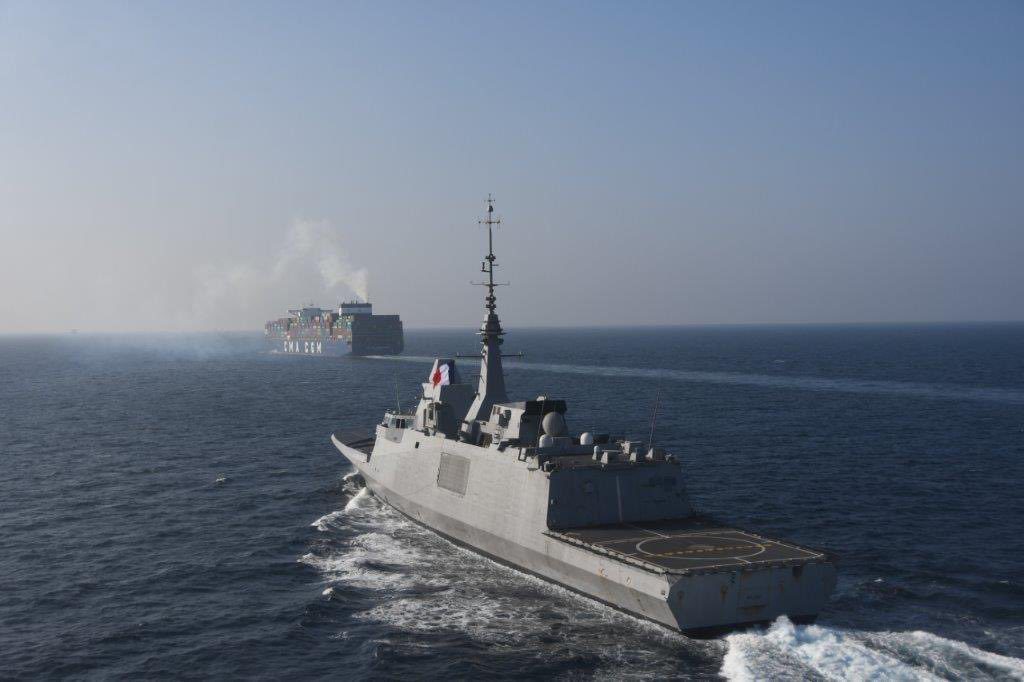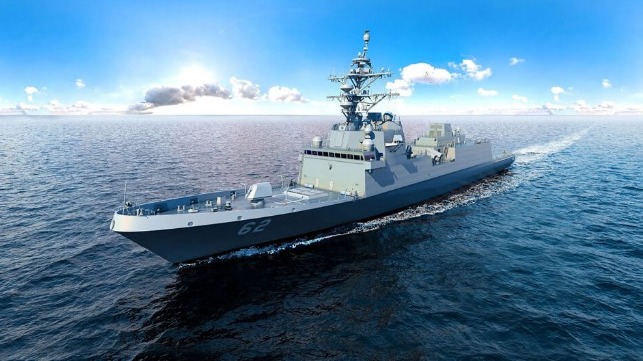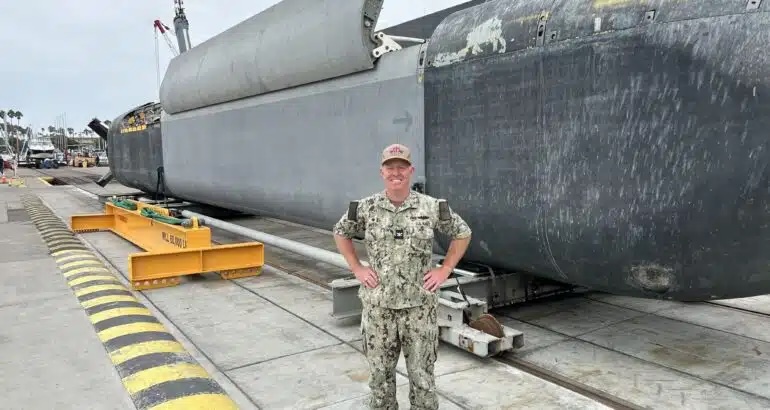- Messages
- 17,319
- Reaction score
- 3,286
- Points
- 288
Contracts for January 4, 2024
Today's Defense Department contracts valued at $7.5 million or more are now live on Defense.gov.
www.defense.gov
Welcome to the PMBug forums - a watering hole for folks interested in gold, silver, precious metals, sound money, investing, market and economic news, central bank monetary policies, politics and more. You can visit the forum page to see the list of forum nodes (categories/rooms) for topics.
Why not register an account and join the discussions? When you register an account and log in, you may enjoy additional benefits including no Google ads, market data/charts, access to trade/barter with the community and much more. Registering an account is free - you have nothing to lose!
What bullshit. They have all the money they want. They spend billions on stupid weapon systems like the F35 but they agonize over spending a few tens of millions on guns that the regular enlisted will use. I think the whole Pentagon ("Defense") system should be turned around and the bulk of the spending should be redirected to the actual soldiers and well under half to the companies that sell their weapons systems.The Pentagon is doing a Zelensky - begging for money because it has shipped all its weapons to Ukraine.
I think the whole Pentagon ("Defense") system should be turned around and the bulk of the spending should be redirected to the actual soldiers

 gcaptain.com
gcaptain.com







